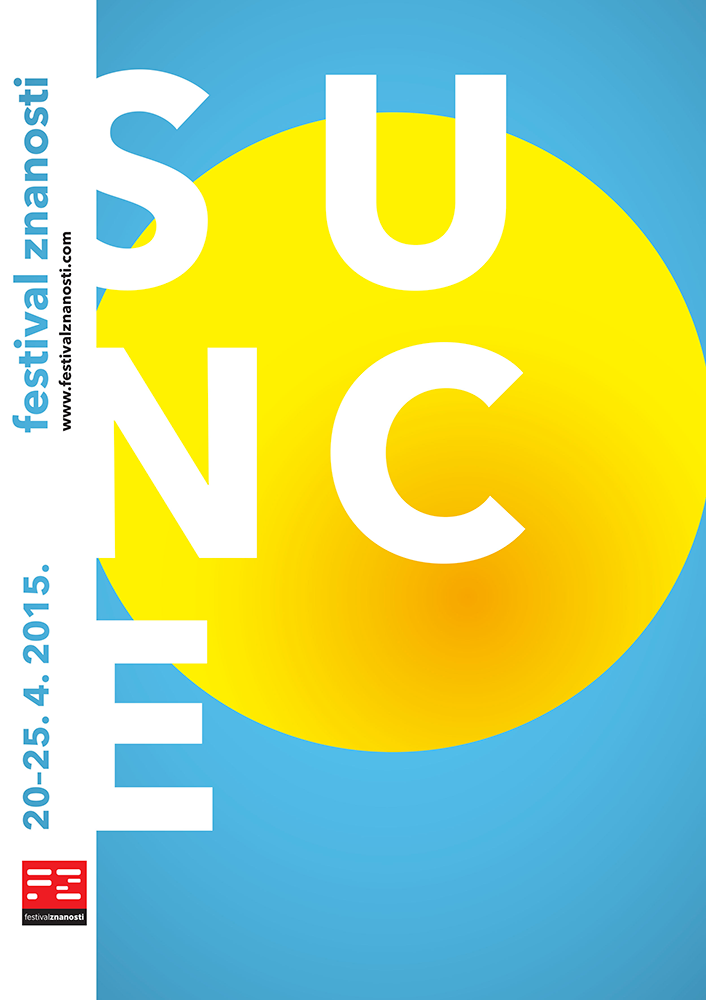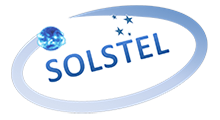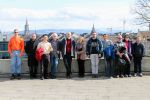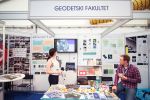Hvar Observatory at Festival of Science
 Hvar Observatory participated in the 13th Festival of Science, with special topic "the Sun" which was held across Republic of Croatia 20-25. April 2015. The aim of festival is to promote and raise awareness of science, technology and the environment with the aim of getting children interested in science and technology. This year Hvar Observatory together with Hvar local elementary school organized for the first time Festival of Science in Hvar. In addition, a public lecture was held in Rijeka and a workshop for children, as well as a public lecture, was given in the Technical museum in Zagreb.
Hvar Observatory participated in the 13th Festival of Science, with special topic "the Sun" which was held across Republic of Croatia 20-25. April 2015. The aim of festival is to promote and raise awareness of science, technology and the environment with the aim of getting children interested in science and technology. This year Hvar Observatory together with Hvar local elementary school organized for the first time Festival of Science in Hvar. In addition, a public lecture was held in Rijeka and a workshop for children, as well as a public lecture, was given in the Technical museum in Zagreb.











